I’m still browsing. Excuse my late arrival.
Interesting stuff here. A valuable conversation to have even if there are those among you who feel it’s a waste of time or pointless.
Much has been written and said on art and photography. When William Henry Fox Talbot first wrote of the new photography back in 1834 he suggested that photography was not yet defined and he had no idea what people would use it for. He just thought it would be useful. For him, as he amusingly added, he needed a way of recording things accurately because he couldn’t draw.
And so it has proven to be so. Recording, describing, explaining, interpretive, aesthetic, provocative, philosophical and ethically challenging being among many of its uses.
Along with these functions there has been a gradual placement of photographs within the rest of what we generally refer to as Art. At first, the photograph was judged on its ability to reproduce the artistic criteria of the old Art; painting, sculpture, etc. It didn't conform because the critics believed the photograph to be too 'real', too replicating of life and not expressive enough. There were efforts to channel photography into another category. Fortunately this failed, especially under the influence and pressures of the photographers of the late 1800's. We now recognise that art and photography can live together. That doesn't mean all photographs are Art or all photographers are artists.
Art has intent and the photographer-artist must be aware of that intent while conceptualizing the image. There must be more than just a descriptive nature to the image. There must be an underlying idea or concept that the artist will endeavour to bring out in the final image. Beauty is certainly one of these concepts but its not the only one. It’s the same reasoning we apply to , say, a Jackson Pollock painting and the doodling of a 5 year old.
You see, Art is an intellectual pursuit. I don’t mean you need to be well educated or pompous, although this doesn’t exclude you from producing art. What I mean is that Art requires some intelligent process for its conceptualising. It also needs skills for its completion, hence the term ‘artisan’. An artisan has the skills of the craft just like you might know how to use a camera and editing software. Being an artisan doesn’t qualify your work as Art. It simply means you could produce it if you want.
Art comes from ideas and the need to dramatise and possibly communicate those ideas although the measure of success isn’t guaranteed, for it depends on two things: the ability of the artist to carry out the task and the ability of the audience to understand it. Understanding doesn’t mean here that you have the same perception as the artist. It means you have an understanding of the intent of the artist; ie, the image is to be interpreted, not taken literally.
In the case of photography, and with all art, it requires of the viewer, an understanding of the medium, the artist, the presentation and the reasoning behind art in general, before a full understanding can be achieved.
In other words, art isn’t for the uninformed. This may seem a bit blunt on the surface but what understanding of these things does and provides the viewer with is a wider view of the work – beyond ‘I like this’ or ‘’That’s rubbish’.
Liking a photograph or any piece of art is not understanding the art but understanding yourself. We call all say “I know what I like” but if we don’t understand something we are often reverted to a quick dismissal of the work.
Understanding of a photograph also can take time. We don’t spend that much time with most of the photos we see. There are simply too many. So, we rely heavily on our taste, and often that taste is geared towards one aspect of art: aesthetics. Yet aesthetics lies at the very heart of what photograph fought during its early days. The world wanted what the old Art gave: beauty, in the romantic sense. Photographers copied the old art. Artists used the new photography to assist with their paintings. People wanted to see romantic landscapes of distant places. They still do. But we know photography is more than this. Unfortunately, the fecundity of ‘romantic’ photos still persists and, in fact, is the hallmark for many up and coming photographers. This is what people will buy for their living room or office wall and call art. And it is art. It’s just not very good art in most cases. Why? Because the idea is poor and the visualisation is poorer.
Art is about ideas. Photography can be about ideas. Good ideas make good art and good photographs. Well executed ideas make better art and better photographs. A well versed viewer can gain a great deal more from a photograph than one who is not. Not everyone wants to take that time to verse themselves in the nuances of art and photography. That could be just as greater loss to the viewer and the photographer as it might be to art itself.
Photography is more than pretty photos, likes and dislikes, cameras, software and film. As Talbot reflected, we can make of it what we want. Surely we can have the same enthusiasm and imagination with our recording of our ideas as he had with Talbot’s discovery of the process.
Sometimes our photographs are recognised as art; sometimes not. The value of the photograph does not lie in what it is called but what it can tell us and make us feel.
Cheers
Tom
